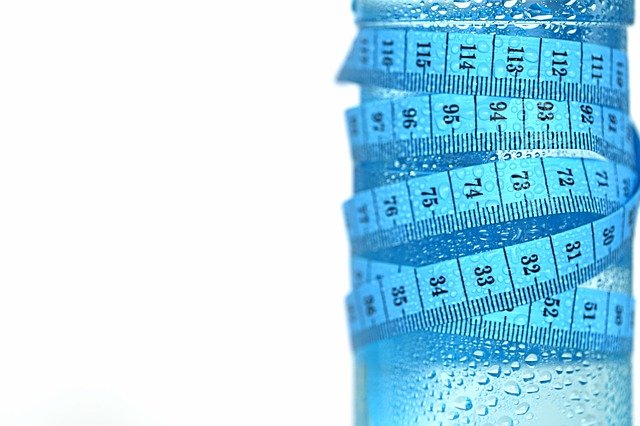
It is known that overweight and obesity are very harmful to our health.
They are big risk factors for many chronic diseases, such as heart disease, type 2 diabetes, stroke, and some types of cancer.
Body mass index, or BMI, is used to check if one is overweight or obese.
But recent study shows that BMI may be not enough. Another index, waist-to-hip ratio, is also very important measurement to describe obesity.
People with a big waistline, or in other words, too much fat around the belly, may have higher risk of some health conditions.
For example, one study shows that a large waistline could be a more important risk factor for heart attacks than weight, especially for younger to middle-aged women.
Researchers from Norwegian Institute of Public Health and the University of Bergen examined 140,790 healthy participants in health studies in Norway during the period 1994-2003 (Cohort of Norway).
They found that a high waist-hip ratio (or an “apple” shaped body) was linked to the risk of future heart attack.
Current guidelines emphasize BMI and waist circumference as measures for obesity. But the current study suggests waist-hip ratio is a more accurate measure.
Why is that?
The researchers suggest that the waist circumference tells us about the potential for fat accumulation around the organs, which is a health risk.
On the other hand, hip measurements tell about pelvic size and the presence of muscle and fat around the hips (gluteal muscle and gluteal fat) while.
When both measures are combined in waist-hip-ratio, we can get a better idea of future heart disease risk.
A larger waistline can also indicate your stroke risk.
One study from University College London examined health data from more than 200,000 people, and they found that central body fat (waistline) was a stronger indicator of stroke risk than BMI.
The researchers suggest that waist-to-hip ratio should be considered as another valuable marker of stroke risk in routine health check.
A larger waistline is also linked with mental problems.
One study published on Menopause shows that a larger waistline is linked to anxiety in middle aged women.
The study shows that women with a in the middle and upper thirds of waist-to-height ratios were significantly more likely to have anxiety.
In addition, those in the upper third were more likely to display signs of anxiety compared with women in the lower two-thirds.
The researchers explain that anxiety may lead to “stress eating”, which may cause a bigger waistline. But future research is still needed.
So, what can cause a big waistline?
Researchers suggest that high alcohol intake and lack of physical activity can increase the waist-hip ratio.
Additionally, unhealthy diet, poor sleep quality, too much stress and smoking may contribute to your waistline.
Copyright © 2018 Knowridge Science Report. All rights reserved.



